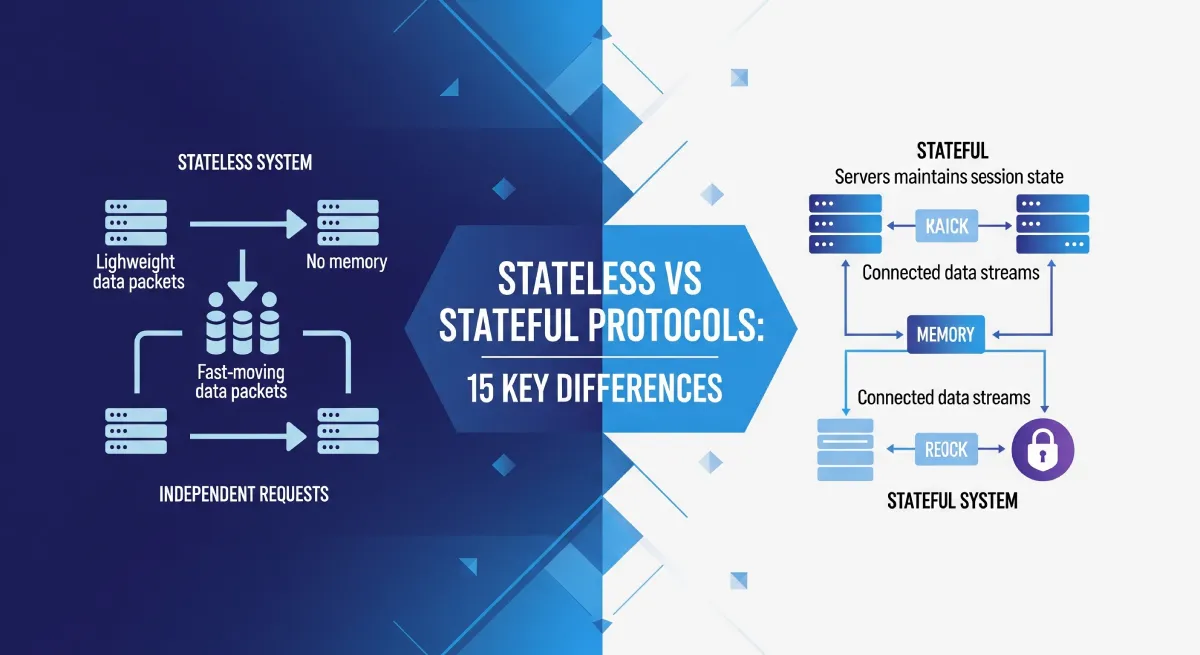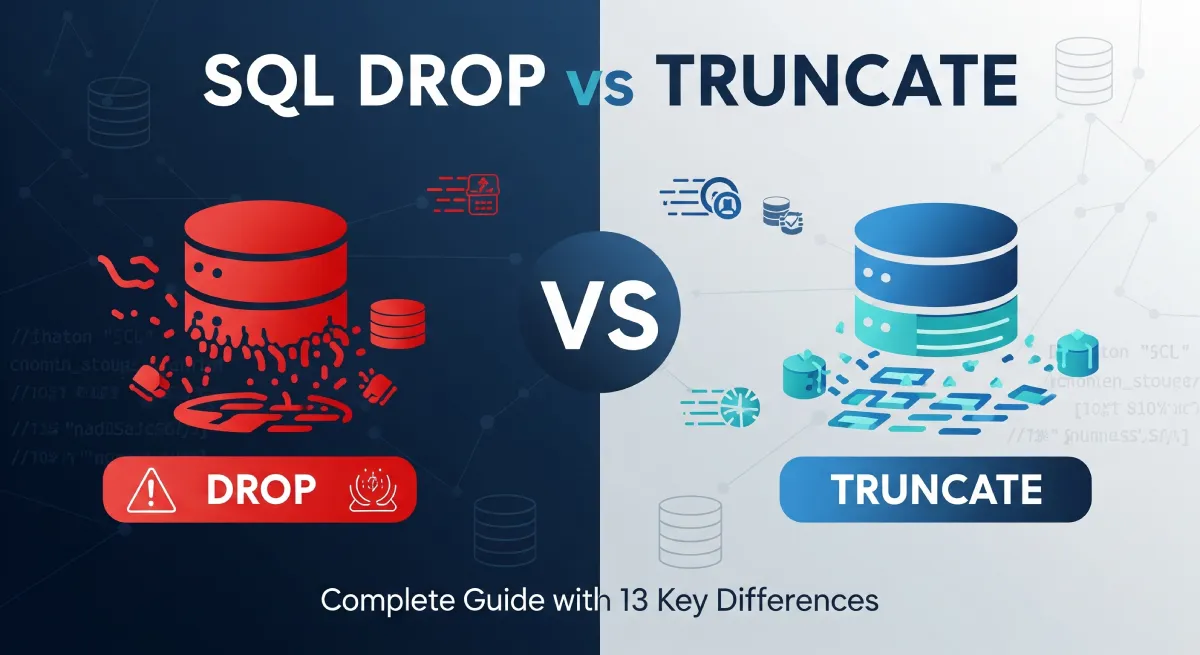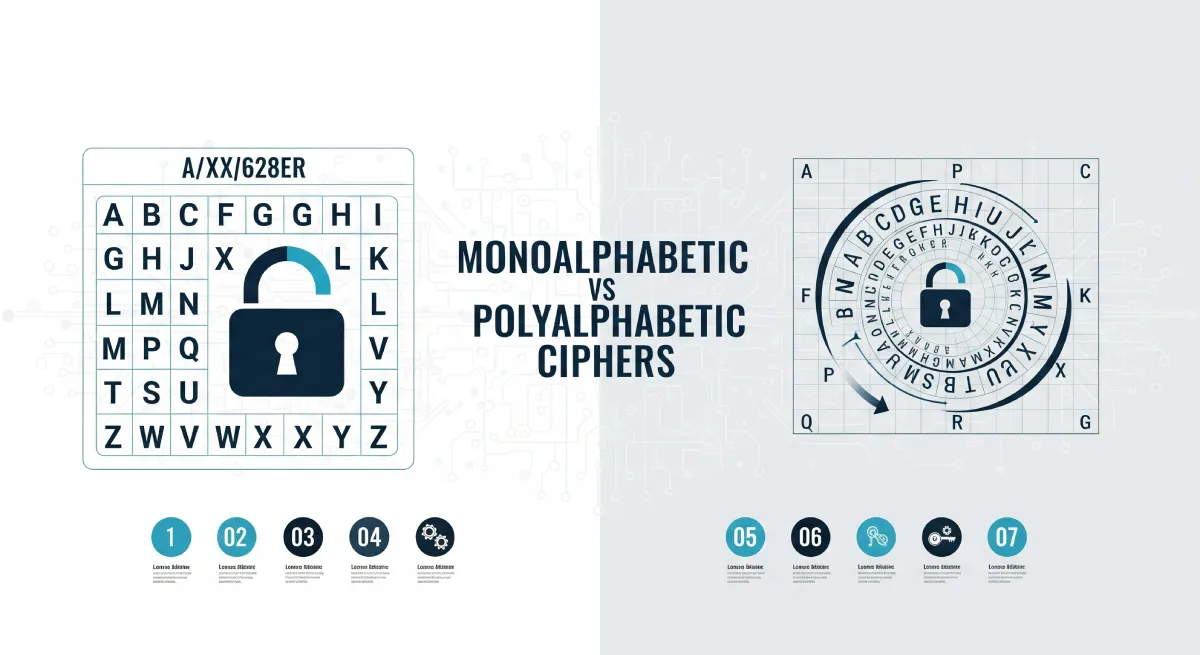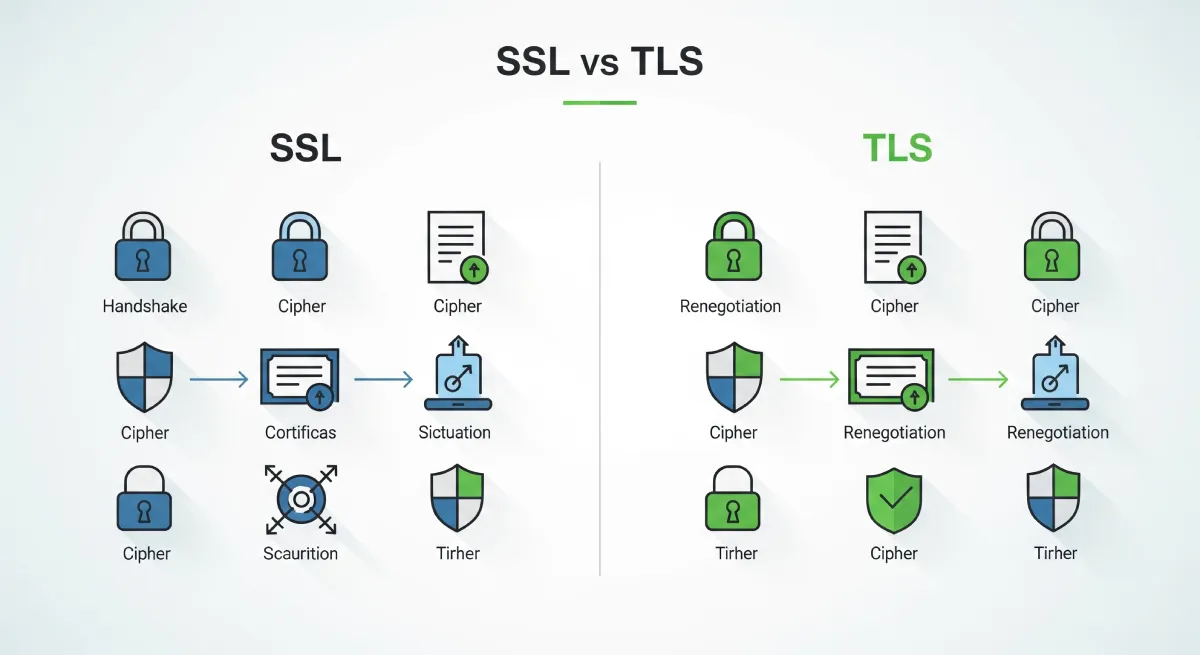Procedural Programming
Procedural programming is a programming paradigm where the program is structured around procedures or functions. It involves a linear execution of code from the top to the bottom.
Advantages of Procedural Programming:
- Simplicity and ease of implementation
- Straightforward debugging process
- Efficiency in executing simple tasks
Disadvantages of Procedural Programming:
- Lack of code reusability
- Difficulty in managing large codebases
- Less suitable for complex, large-scale applications
Technical Characteristics:
Procedural programming is based on procedures or routines that operate on data. It uses a top-down approach and focuses on procedures that perform specific tasks.
Use Cases and Applications:
Procedural programming is commonly used in small to medium-sized projects, system programming, and scripting tasks where simplicity and speed are essential.
Object-Oriented Programming
Object-Oriented Programming (OOP) is a programming paradigm that revolves around objects and classes. It emphasizes data encapsulation, inheritance, and polymorphism.
Advantages of Object-Oriented Programming:
- Code reusability through inheritance
- Modularity and scalability
- Enhanced code organization and maintenance
Disadvantages of Object-Oriented Programming:
- Higher complexity for simple tasks
- Overhead due to dynamic binding
- Steep learning curve for beginners
Technical Characteristics:
OOP focuses on creating objects that contain both data and methods. It supports features like classes, objects, encapsulation, inheritance, and polymorphism.
Use Cases and Applications:
OOP is widely used in large-scale software development, GUI applications, game development, and projects requiring complex interactions between different entities.
Key Differences between Procedural and Object-Oriented Programming
| Procedural Programming | Object-Oriented Programming |
|---|---|
| Focuses on procedures or functions that operate on data | Focuses on objects that encapsulate data and behavior |
| Emphasizes sequential execution of instructions | Emphasizes interactions between objects |
| Variables are global or local to functions | Variables are encapsulated within objects |
| Code is organized around functions | Code is organized around classes and objects |
| Procedural languages include C, Pascal | Object-oriented languages include Java, C++ |
| Loose coupling between components | Encourages modularity and reusability through classes |
| Procedural programs are easier to understand for beginners | Object-oriented programs are more scalable and maintainable |
| Less complex data structures | Supports complex data structures like inheritance and polymorphism |
| Procedural programs can be faster due to direct access to data | Object-oriented programs can be slower due to method calls and object creation |
| Debugging can be simpler in procedural programming | Debugging can be more challenging in object-oriented programming due to inheritance |
| Changes to data structures can impact multiple functions | Changes to objects can be localized within the class |
| Procedural programming is more procedural in nature | Object-oriented programming is more object-centric |
| Less emphasis on encapsulation and data hiding | Strong emphasis on encapsulation and data hiding |
| Procedural programs can be harder to maintain as they grow in size | Object-oriented programs can scale better with increasing complexity |

Practical Implementation
Procedural Programming Example
Let’s start with a simple example of procedural programming in Python:
Procedural Programming Example
def calculate_area(length, width):
return length * width
length = 5
width = 10
area = calculate_area(length, width)
print("Area:", area)
Object-Oriented Programming Example
Now, let’s implement the same functionality using object-oriented programming:
Object-Oriented Programming Example
class Rectangle:
def __init__(self, length, width):
self.length = length
self.width = width
def calculate_area(self):
return self.length * self.width
rectangle = Rectangle(5, 10)
area = rectangle.calculate_area()
print("Area:", area)
Step-by-Step Implementation Guide
- Identify the problem or task to be solved.
- Choose between procedural or object-oriented approach based on the problem requirements.
- Write the code using the selected programming paradigm.
- Test and debug the code to ensure it functions correctly.
Best Practices and Optimization Tips
- Procedural Programming: Keep functions short and focused on a single task for better maintainability.
- Object-Oriented Programming: Use inheritance and polymorphism to promote code reuse and flexibility.
Common Pitfalls and Solutions
One common pitfall in procedural programming is global variable abuse. To avoid this, pass variables as parameters to functions instead of using global scope.
In object-oriented programming, a common pitfall is improper encapsulation leading to data inconsistency. Ensure proper data hiding and access control using private variables and methods.
Frequently Asked Questions
What is Procedural Programming?
Procedural programming is a programming paradigm that involves writing code in a linear, step-by-step fashion. It focuses on procedures or functions that perform specific tasks. In procedural programming, data and the procedures that operate on that data are separate entities. This approach follows a top-down design where the program’s execution flow is controlled by function calls.
What is Object-Oriented Programming (OOP)?
Object-oriented programming is a programming paradigm that revolves around objects that encapsulate data and behavior. Objects are instances of classes, which define the data structure and methods. OOP focuses on concepts like encapsulation, inheritance, and polymorphism. This approach allows for the modeling of real-world entities as software objects, promoting code reusability and maintainability.
What are the key differences between Procedural and Object-Oriented Programming?
In procedural programming, the emphasis is on procedures or functions, with data being separate. In contrast, object-oriented programming focuses on objects that combine data and behavior. Procedural programming follows a top-down approach, while OOP encourages a bottom-up design. OOP promotes code reusability through inheritance and polymorphism, whereas procedural programming can lead to code duplication and maintenance challenges.
Which approach is better for large-scale applications?
Object-oriented programming is generally considered better suited for large-scale applications due to its encapsulation and modularity features. OOP allows for better organization of code through classes and objects, making it easier to manage and extend complex systems. Procedural programming may become unwieldy in large applications as the codebase grows, resulting in maintenance difficulties and reduced scalability.
How do I choose between Procedural and Object-Oriented Programming for my project?
The choice between procedural and object-oriented programming depends on various factors such as the nature of the project, team expertise, scalability requirements, and maintenance considerations. If your project involves modeling real-world entities and requires scalability and code reusability, OOP may be more suitable. On the other hand, for smaller projects with straightforward logic and limited complexity, procedural programming can be a pragmatic choice.
Conclusion
In conclusion, the debate between procedural and object-oriented programming revolves around fundamental differences in their approaches to organizing and structuring code. Procedural programming focuses on procedures and functions, while object-oriented programming emphasizes objects and classes.
When deciding which approach suits you, consider the complexity of the project, reusability of code, scalability requirements, team size, and maintenance considerations. For smaller projects with simpler logic, procedural programming may be sufficient. However, for larger, more complex projects that require modularity, encapsulation, and inheritance, object-oriented programming is often the preferred choice.
Ultimately, the decision between procedural and object-oriented programming hinges on your specific project requirements and preferences. By carefully weighing the key differences, considering the decision-making criteria, and understanding the strengths of each approach, you can make an informed choice that best aligns with your development goals and objectives.



